- Preparing the Seeds
- Choosing the Right Water Temperature
- Soaking the Seeds
- Handling the Sprouting Process
- 1. Keep the seedlings in a warm environment
- 2. Provide proper lighting
- 3. Maintain consistent moisture
- 4. Thin out crowded seedlings
- 5. Fertilize when necessary
- 6. Harden off the seedlings before transplanting
- Monitoring the Progress
- 1. Check for Germination:
- 2. Provide Adequate Light:
- 3. Maintain Proper Moisture:
- 4. Thin Out Seedlings:
- 5. Fertilize Regularly:
- 6. Protect from Pests and Diseases:
- 7. Gradually Harden Off:
- Transplanting the Seedlings
- Tips for Successful Seedling Growth
- Questions and Answers:
- What is the best way to grow velvet seedlings?
- How does using boiling water help in the sprouting process?
- Why is it important to sprout velvet seedlings quickly?
- Are there any other benefits of using boiling water for seed germination?
- Are there any risks or downsides to using boiling water for seed germination?
- Videos: How to Grow Chia Sprouts (with Water Only)
Velvet seeds are a popular choice among gardeners due to their vibrant colors and unique texture. While growing velvet seedlings can be a time-consuming process, there is a method that can help speed up the sprouting process significantly – using boiling water. By following a few simple steps, you can ensure that your velvet seeds sprout quickly and successfully.
The first step in growing velvet seedlings is to select high-quality seeds. Look for seeds that are plump, dry, and free from any mold or damage. It’s important to choose seeds that are relatively fresh, as older seeds may have a lower germination rate.
Once you have selected your velvet seeds, prepare a bowl of boiling water. Carefully pour the boiling water over the seeds, ensuring that they are completely submerged. Let the seeds soak in the boiling water for 24 hours. This process, known as scarification, helps to break down the hard outer seed coat and promotes faster germination.
After the seeds have soaked for 24 hours, transfer them to a damp paper towel or a moist planting medium such as peat moss or vermiculite. Place the seeds in a warm location, ideally between 70-85°F (21-29°C). Maintain a consistently moist environment by misting the seeds with water daily.
It’s important to note that not all velvet seeds will sprout after using this method. However, by scarifying the seeds with boiling water, you significantly increase the chances of successful germination.
Preparing the Seeds
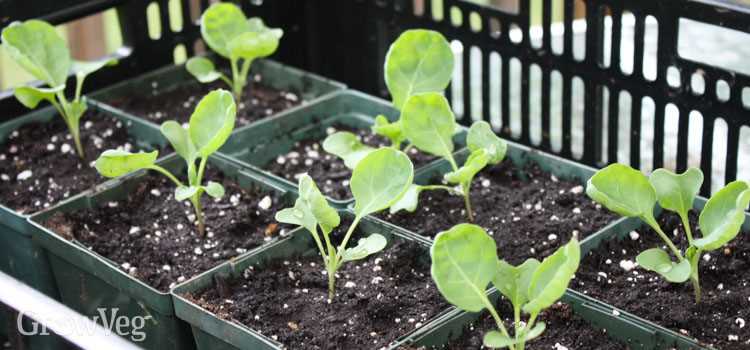
Before you can start sprouting your velvet seeds, it’s important to properly prepare them to ensure the best germination rates. Follow these steps to prepare your seeds:
- Selecting the Seeds: Choose high-quality velvet seeds for sprouting. Look for seeds that are plump, firm, and free from any damage or discoloration.
- Seed Soaking: Soak the velvet seeds in water overnight to help soften the seed coats and promote faster germination. Fill a bowl with room temperature water and place the seeds in it. Let them soak for about 24 hours.
- Seed Cleaning: After soaking, drain the water and rinse the seeds with clean water to remove any impurities or chemicals that may be present.
- Seed Scarification: Velvet seeds have a hard seed coat that can impede germination. To improve germination rates, you can scarify the seed coat. Use a small file or sandpaper to gently rub the seed coat, creating small scratches or abrasions. Be careful not to damage the inner seed.
- Boiling Water Treatment: To further enhance germination rates, you can use the boiling water treatment method. Bring a pot of water to a rolling boil and carefully pour the boiling water over the scarified seeds. Allow them to soak in the hot water for about 5 minutes.
- Cooling: After the boiling water treatment, drain the water and rinse the seeds with clean, cool water to cool them down and stop any further heat damage.
Once you have prepared your velvet seeds, they are ready for planting and germination. Ensure that you follow the proper planting techniques and provide the appropriate growing conditions to ensure successful seedling growth.
Choosing the Right Water Temperature
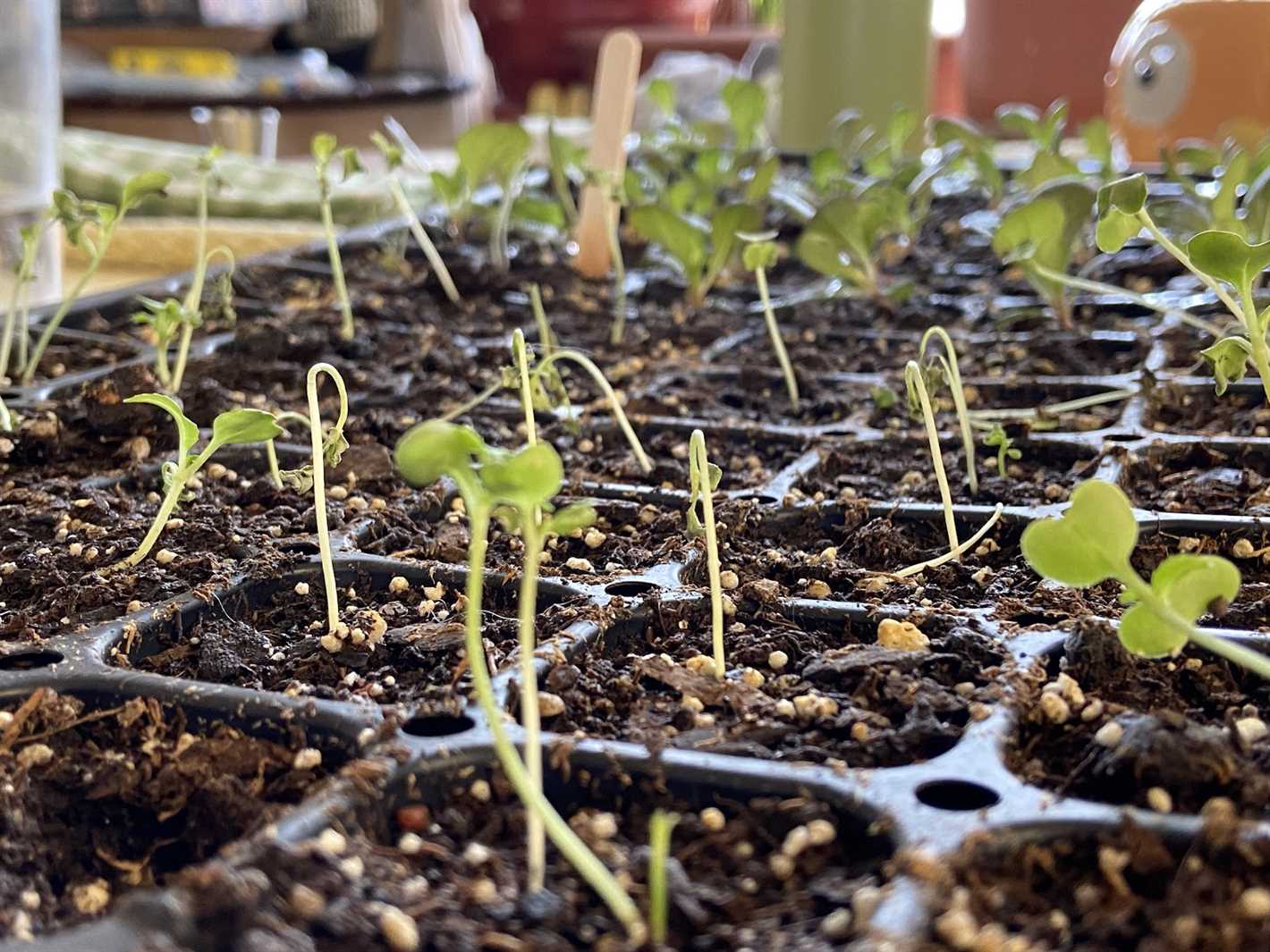
When it comes to growing velvets seedlings, choosing the right water temperature is crucial for successful sprouting. The temperature of the water you use can have a significant impact on the germination process, so it’s important to pay attention to this aspect.
Here’s what you need to keep in mind when selecting the water temperature for your velvets seedlings:
- Warm water: Using warm water, around 70-80°F (21-27°C), can help accelerate the germination process. The warmth stimulates the seeds to awaken from their dormant state and start sprouting.
- Room temperature water: If you don’t have access to warm water, using room temperature water is a good alternative. It should be around 65-75°F (18-24°C). While it may not speed up the germination process as much as warm water, it will still provide favorable conditions for the seeds to sprout.
- Cold water: Cold water, below 50°F (10°C), should be avoided for sprouting velvets seedlings. Extremely cold temperatures can shock the seeds and inhibit germination. It’s best to use water that is at least at room temperature to ensure successful sprouting.
By choosing the right water temperature for your velvets seedlings, you can provide them with the ideal conditions for quick sprouting. Remember to always check the water temperature before using it and make any necessary adjustments to ensure the best results.
Soaking the Seeds
Soaking the seeds is an important step in the process of growing velvets seedlings. This step helps to soften the seed coat and promote germination. Follow the steps below to properly soak your velvets seeds:
- Prepare a container: Choose a container that is large enough to hold all the seeds you will be soaking. It should also be able to hold enough water to completely submerge the seeds. Clean the container thoroughly to ensure it is free from any contaminants.
- Add water: Fill the container with room temperature water. The water level should be enough to completely cover the seeds. It is important to use room temperature water as extreme temperatures can shock the seeds and hinder germination.
- Add the seeds: Carefully place the velvets seeds into the container of water. Make sure all the seeds are fully submerged. If you are soaking a large number of seeds, you may need to do this in batches.
- Soak the seeds: Allow the seeds to soak for a specified amount of time. This can vary depending on the type of seeds you are using. Generally, soaking overnight or for 12-24 hours is recommended.
- Drain the water: After the soaking time is complete, carefully drain the water from the container. You can use a sieve or colander to separate the seeds from the water. Make sure to remove all excess water to prevent seed rotting.
- Rinse the seeds: Rinse the seeds with clean water to remove any remaining debris or impurities. Gently swish the seeds in the water to ensure they are thoroughly rinsed. This step helps to ensure the seeds are clean and ready for germination.
- Proceed with germination: After soaking and rinsing the seeds, you can proceed with the germination process. This can involve techniques like the boiling water method or the use of a germination tray. Follow the specific instructions for the chosen method to continue growing your velvets seedlings.
Soaking the seeds is a crucial step in the growth of velvets seedlings. It helps to break down the seed coat and initiate the germination process. By properly soaking the seeds, you can increase the chances of successful sprouting and ensure healthy growth of your velvets seedlings.
Handling the Sprouting Process
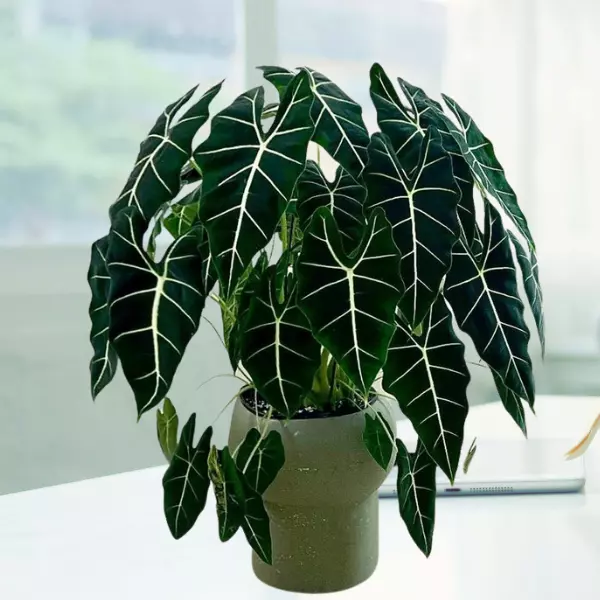
Once you have prepared and treated your velvet seedlings with boiling water, it’s important to handle the sprouting process carefully to ensure successful growth. Here are some tips to help you manage the sprouting process:
1. Keep the seedlings in a warm environment
Velvet seedlings require a warm temperature to germinate successfully. Place them in a location where the temperature remains consistently between 70-80 degrees Fahrenheit (21-27 degrees Celsius). This can be achieved by using a heat mat or placing the seedlings near a heat source like a radiator.
2. Provide proper lighting
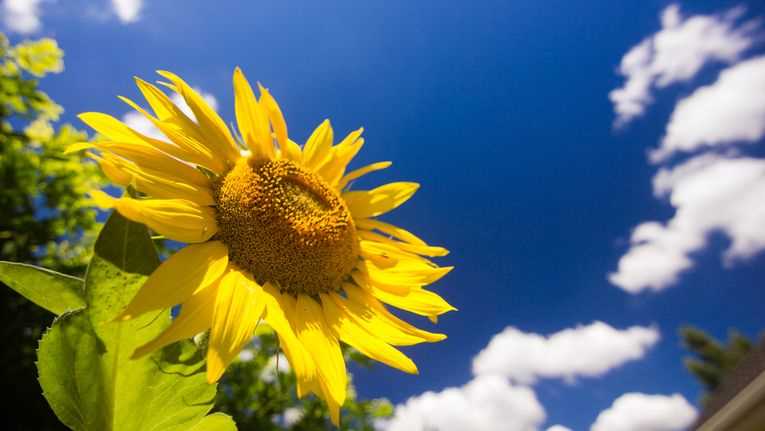
Seedlings need adequate light to grow and develop into healthy plants. Place your velvet seedlings in a location with bright, indirect light. Avoid exposing them to direct sunlight, which can cause scorching or wilting.
3. Maintain consistent moisture
Moisture is crucial for seed germination and seedling growth. Keep the soil evenly moist, but not soggy, throughout the sprouting process. Water the seedlings gently, using a spray bottle or a watering can with a fine rose attachment, to avoid disturbing the delicate roots.
4. Thin out crowded seedlings
If multiple seedlings sprout in one location, thin them out to give each plant enough room to grow. Use a pair of sterilized scissors or tweezers to carefully remove the weaker seedlings, leaving only the strongest ones behind.
5. Fertilize when necessary
After the seedlings have developed their first set of true leaves, you can begin fertilizing them. Use a diluted liquid fertilizer, following the instructions on the packaging. Be cautious not to over-fertilize, as it can lead to burnt roots or stunted growth.
6. Harden off the seedlings before transplanting
Prior to transplanting your velvet seedlings into the garden, it’s essential to harden them off. This process helps the seedlings adjust to outdoor conditions gradually. Start by exposing them to outdoor conditions for short periods, gradually increasing the exposure time over the course of a week. This will prevent shock and increase their chances of survival in the garden.
By following these steps, you can successfully handle the sprouting process of your velvet seedlings and ensure their healthy growth into mature plants.
Monitoring the Progress
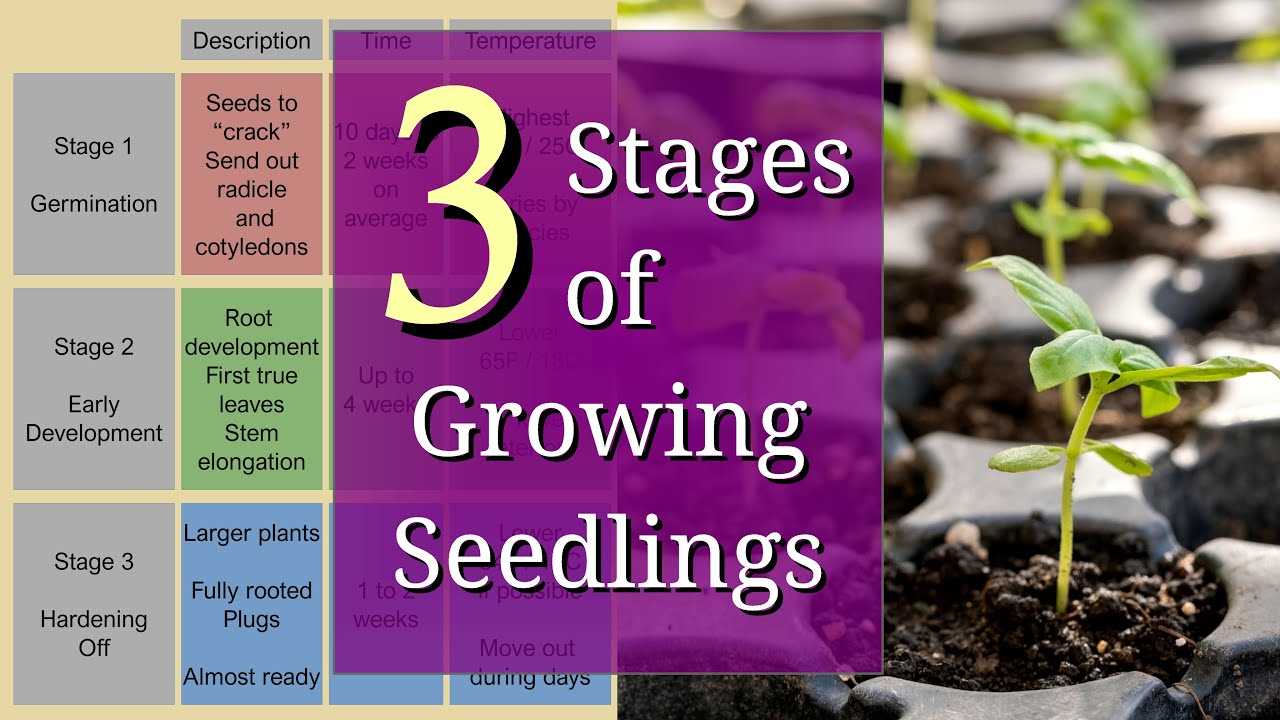
Once you have followed the method of quick sprouting with boiling water, it is important to monitor the progress of your velvet seedlings. Here are some steps you can take to ensure healthy growth:
1. Check for Germination:
After 3 days, check your tray or pots for signs of germination. Look for tiny sprouts emerging from the soil. If you don’t see any signs of germination after 3 days, it is possible that the seeds were not viable, and you may need to start over with fresh seeds.
2. Provide Adequate Light:
Once the seedlings have sprouted, it is important to provide them with adequate light. Place them in a sunny spot or use grow lights to ensure they receive enough light for healthy growth. Rotate the tray or pots daily to ensure even exposure to the light.
3. Maintain Proper Moisture:
Keep the soil moist, but not overly wet. Water the seedlings gently from the bottom, using a tray or saucer filled with water. This will help prevent overwatering and keep the soil evenly moist.
4. Thin Out Seedlings:
Once the seedlings have grown a few inches tall and have developed their first set of true leaves, you may need to thin them out. Space the strongest seedlings at least an inch apart to give them room to grow.
5. Fertilize Regularly:
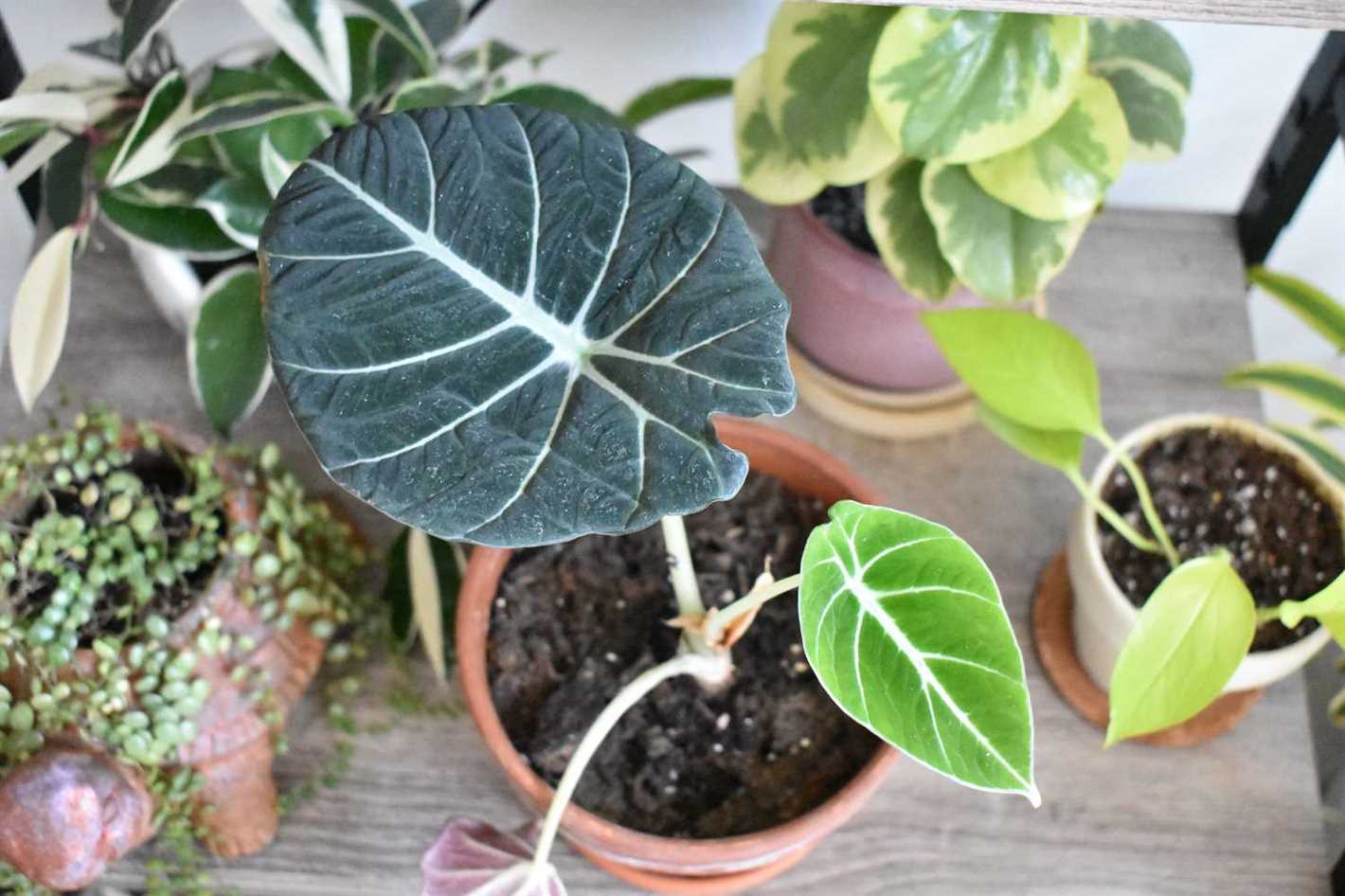
Start fertilizing the seedlings with a diluted liquid fertilizer once they have established their first true leaves. Follow the instructions on the fertilizer packaging for the appropriate dilution and frequency.
6. Protect from Pests and Diseases:
Monitor the seedlings for any signs of pests or diseases, such as aphids or fungal infections. Take necessary steps to protect the seedlings from infestations and diseases, such as using organic pest control methods or adjusting the environmental conditions.
7. Gradually Harden Off:
Before transplanting the velvet seedlings outdoors, it is important to gradually expose them to outdoor conditions. This process is known as hardening off and helps the seedlings adjust to direct sunlight, temperature variations, and outdoor elements. Start by placing them outdoors in a sheltered area for a few hours each day, gradually increasing the exposure over a week.
By following these steps, you can monitor the progress of your velvet seedlings and ensure healthy growth. With proper care and attention, your seedlings will mature into thriving velvet plants ready for transplanting into your garden or containers.
Transplanting the Seedlings
Once the velvet seedlings have sprouted and reached a height of about 2 inches, it is time to transplant them into individual containers. Transplanting ensures that each seedling has enough space to grow and prevents them from competing for nutrients and sunlight.
Here is a step-by-step guide on how to transplant your velvet seedlings:
- Prepare individual containers: Use small pots or seed trays with drainage holes for transplanting. Fill each container with a well-draining potting mix.
- Water the seedlings: Before removing the seedlings from the original container, water them thoroughly. This will help loosen the soil and make it easier to remove the seedlings without damaging their delicate roots.
- Gently remove the seedlings: Carefully lift the seedlings from the original container, taking care not to disturb the roots. You can use a small spoon or your fingers to gently loosen the soil and separate the seedlings.
- Plant the seedlings: Dig a small hole in each container and place a seedling in it. Make sure that the seedling is planted at the same depth it was in the original container. Fill the hole with soil and lightly firm it around the seedling.
- Water the newly transplanted seedlings: After transplanting, water the seedlings thoroughly to settle the soil and ensure good root-to-soil contact. Avoid overwatering, as it can lead to root rot.
- Provide proper care: Place the newly transplanted seedlings in a location with bright, indirect light. Keep the soil slightly moist but not wet, and protect the seedlings from extreme temperatures and drafts.
Tips for successful transplanting:
- Transplant seedlings in the early morning or late afternoon to minimize stress.
- Handle the seedlings gently to avoid damaging the roots.
- If the seedlings are crowded, thin them out by selecting the healthiest ones and removing the weaker ones.
- Gradually acclimate the seedlings to outdoor conditions by exposing them to longer periods of sunlight and outdoor temperatures.
- Monitor the seedlings for any signs of stress or disease, and take appropriate action if needed.
By following these steps and providing proper care, your velvet seedlings will continue to grow and thrive in their new containers. They will soon develop into mature plants that will reward you with beautiful blooms.
Tips for Successful Seedling Growth
- Start with quality seeds: Choose seeds from reliable sources to ensure that they are fresh and of high quality. High-quality seeds have a higher germination rate, which increases the chances of successful seedling growth.
- Use a well-draining soil mix: Seedlings require a well-draining soil medium to prevent root rot. Use a mixture of peat moss, vermiculite, and perlite to promote good drainage.
- Provide adequate light: Place seedlings in a location where they can receive at least 6-8 hours of direct sunlight or provide artificial light with a grow light. Adequate light is crucial for photosynthesis and healthy plant growth.
- Water properly: Water seedlings when the top inch of soil feels dry. Avoid overwatering as it can lead to damping off, a fungal disease that affects seedlings. Water from the bottom to prevent wetting the leaves and stems.
- Transplant at the right time: When seedlings have developed their first true leaves, it’s time to transplant them into larger pots or directly into the garden. Transplanting too early or too late can stress the seedlings and hinder their growth.
- Harden off seedlings: Before moving seedlings outdoors, gradually expose them to outdoor conditions to acclimate them. Start by placing them outside for a few hours each day, gradually increasing their exposure to sunlight and temperature fluctuations over the course of a week.
- Protect seedlings from pests: Monitor seedlings for pests like aphids, snails, and slugs. Use organic pest control methods such as introducing beneficial insects or using insecticidal soap to protect seedlings from damage.
- Fertilize as needed: Regularly fertilize seedlings with a balanced liquid fertilizer, following the instructions on the package. Avoid overfertilization, as it can burn the seedlings’ roots.
By following these tips, you can increase the chances of successful seedling growth and enjoy healthy plants in your garden.
Questions and Answers:
What is the best way to grow velvet seedlings?
The best way to grow velvet seedlings is by using boiling water on the third day. This quick sprouting technique helps enhance germination rates and produces healthier seedlings.
How does using boiling water help in the sprouting process?
When you pour boiling water over velvet seeds, it helps to soften the hard outer shell, making it easier for the seeds to absorb water and nutrients. This, in turn, speeds up the germination process and allows for quicker sprouting.
Why is it important to sprout velvet seedlings quickly?
Sprouting velvet seedlings quickly is important because it ensures uniform growth and reduces the chances of the seedlings becoming weak or leggy. Quick sprouting also helps give the seedlings a head start, making them more resistant to diseases and pests.
Are there any other benefits of using boiling water for seed germination?
Yes, using boiling water for seed germination has a few additional benefits. It helps to sterilize the seeds, killing any potential pathogens that might be present. Additionally, it can also help to break seed dormancy and increase seed viability.
Are there any risks or downsides to using boiling water for seed germination?
While using boiling water to enhance seed germination has proven to be effective for many gardeners, there are a few risks involved. Exposing the seeds to extremely high temperatures for too long can damage them or even kill them. It is essential to follow the instructions carefully and not exceed the recommended soaking time.







